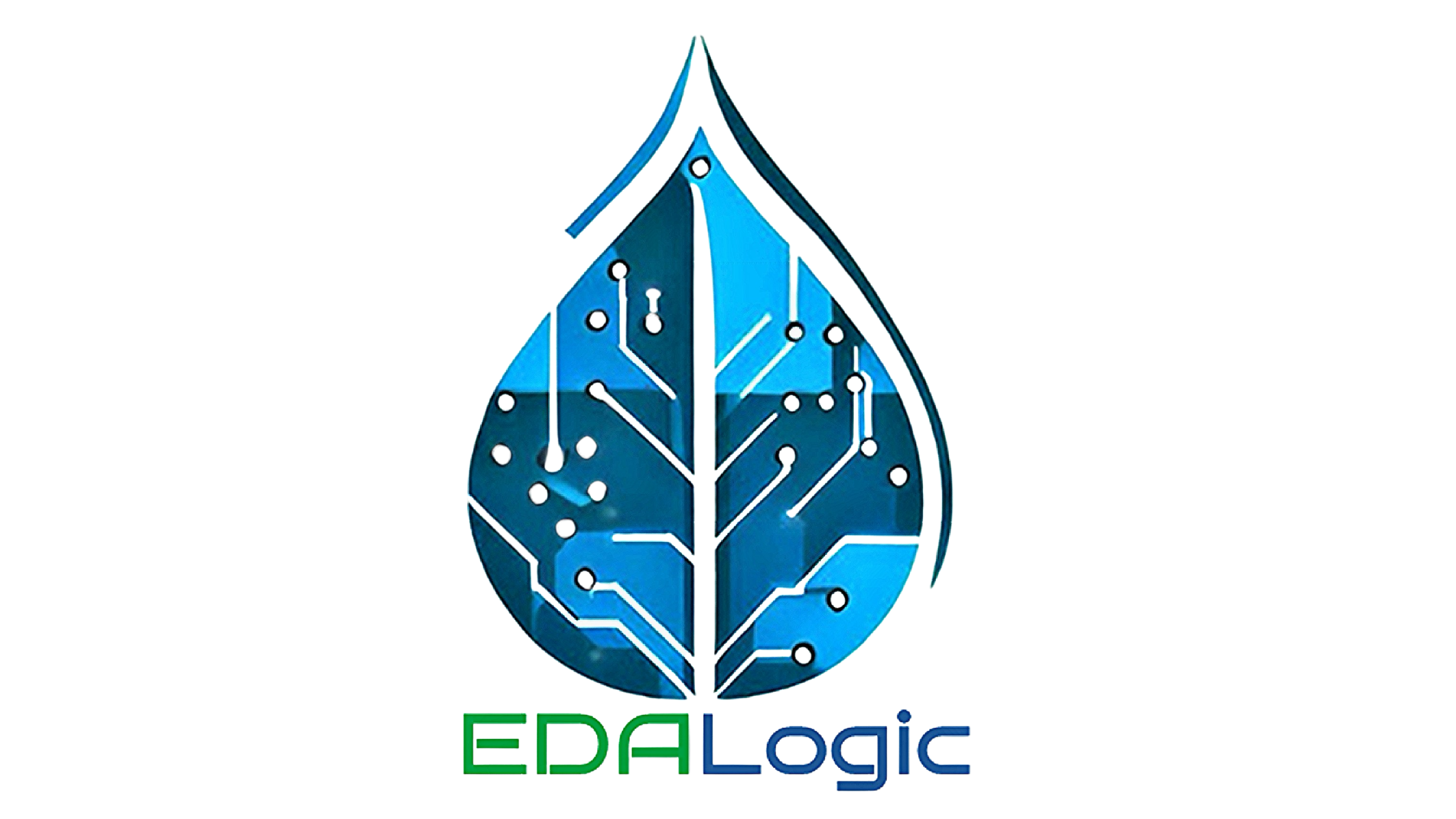Powering the Future: How EDA Is Driving Green Energy Innovation
In the relentless pursuit of a sustainable future, the world's spotlight has firmly shifted to green energy solutions. Solar panels glisten on rooftops, wind turbines majestically line coastlines, and advanced battery technologies promise to revolutionize the way we store and utilize clean energy. What's less known is the role Electronic Design Automation (EDA) plays in accelerating this green energy revolution. In this article, we embark on a journey to uncover how EDA is quietly but significantly propelling the green energy revolution.
Solar power, the poster child of renewable energy, has long grappled with the challenge of efficiency. EDA tools have become indispensable in this endeavor. They meticulously fine-tune the design of solar panels, orchestrating the ideal arrangement of photovoltaic cells. By minimizing shading and maximizing energy capture, EDA aids in enhancing the efficiency of solar panels, ultimately making solar power not just eco-friendly but also cost-effective.
Wind energy's mainstay is the wind turbine, and the art of designing efficient turbines is where EDA tools excel. They assist in crafting aerodynamic turbine blades that elegantly slice through the air. Moreover, EDA optimizes the intricate control systems of wind turbines, ensuring they adapt seamlessly to changing wind conditions. The result? Higher energy yields from wind farms, bringing us closer to the dream of harnessing clean, limitless wind energy.
The Achilles' heel of renewable energy has been energy storage. EDA plays a pivotal role in designing advanced battery management systems. These systems boost the efficiency, capacity, and lifespan of energy storage solutions, ensuring surplus energy generated during sunny or windy days doesn't go to waste. Instead, it's stored efficiently for use when nature takes a breather.
The inherent distributed and intermittent nature of renewable energy sources requires a dynamic grid. EDA contributes by creating smart grid systems that deftly balance the supply and demand of green energy. These systems employ real-time monitoring, sophisticated control algorithms, and seamless grid integration. The result is a substantial reduction in energy wastage and a robust, stable power supply.
Within the heart of green energy systems lie electronics - inverters, controllers, and sensors. EDA fine-tunes these components for optimal energy efficiency. Lower power consumption reduces energy losses and extends the lifespan of renewable energy installations. It's a small change with a big impact on sustainability.
EDA extends its influence to green building design. It shapes energy-efficient HVAC systems, lighting controls, and intelligent sensors. These innovations slash energy consumption within buildings, further bolstering the green energy ecosystem.
The development of new materials for clean energy technologies relies heavily on EDA. From high-efficiency photovoltaic materials to groundbreaking battery chemistries, EDA expedites the creation of materials that supercharge the performance and sustainability of green energy solutions.
Understanding the environmental impact of renewable energy systems is critical. EDA tools help conduct lifecycle assessments, considering factors like manufacturing, operation, and disposal, to optimize the sustainability of green energy projects.
In conclusion, Electronic Design Automation is not just about making electronic devices more efficient; it's a driving force behind the advancement of green energy technologies. EDA tools are enabling the design, optimization, and integration of clean energy solutions, making them more accessible, cost-effective, and sustainable.
As the global pursuit of sustainability intensifies, the synergy between EDA and green energy promises to be the bedrock of a cleaner, brighter future for our planet.
Stay tuned to our blog as we continue to explore the fascinating intersection of technology and sustainability!

